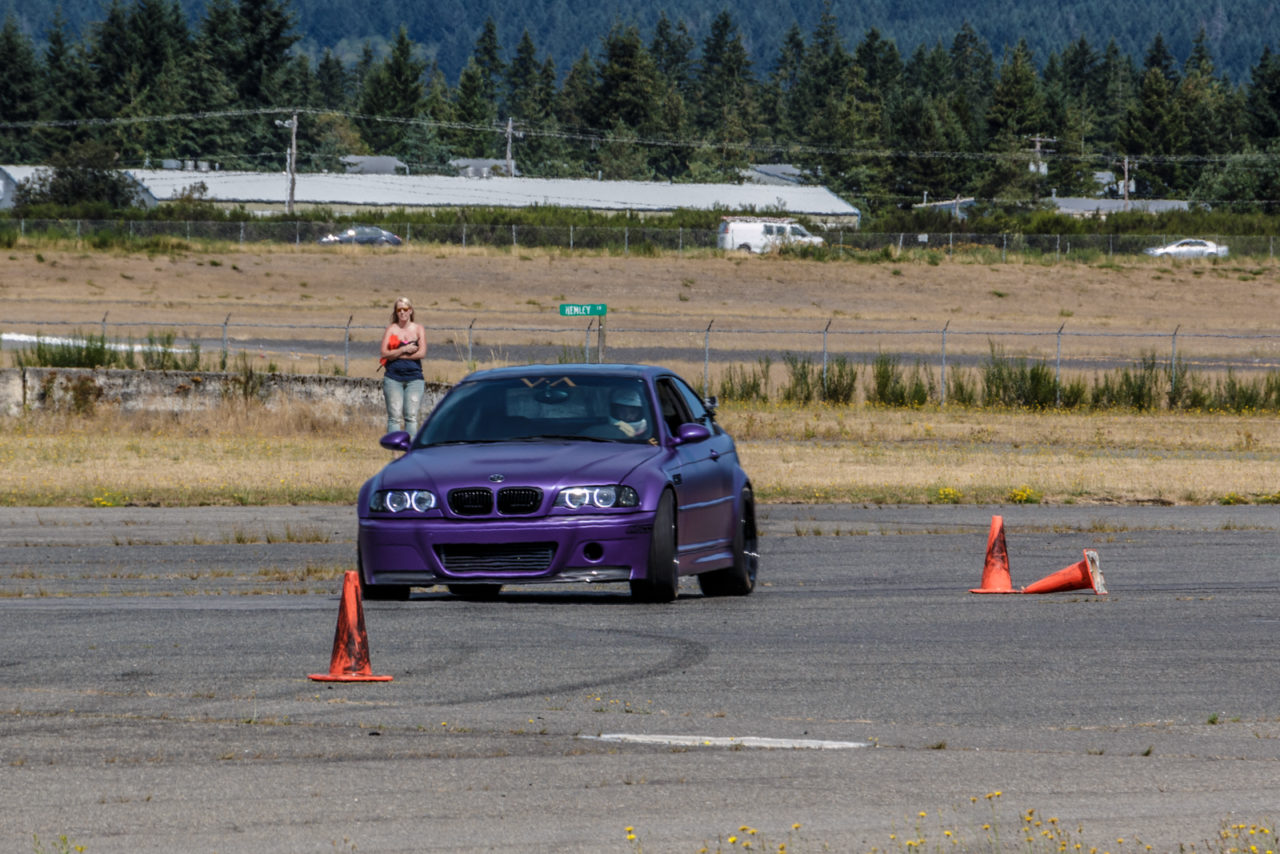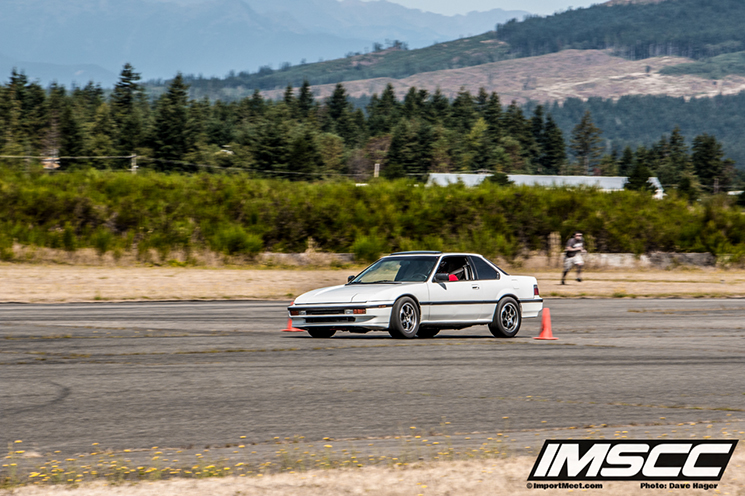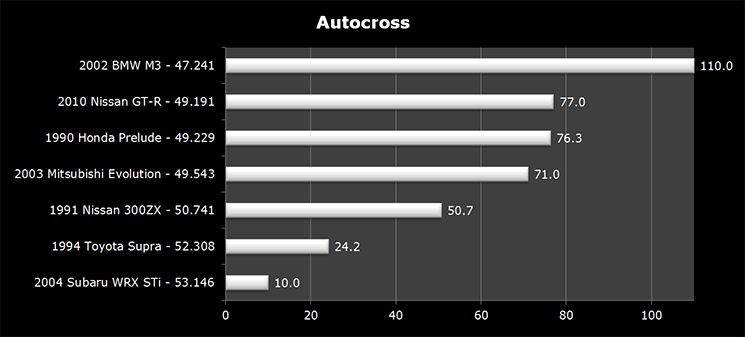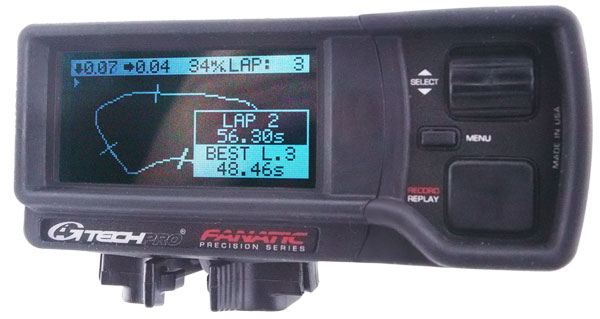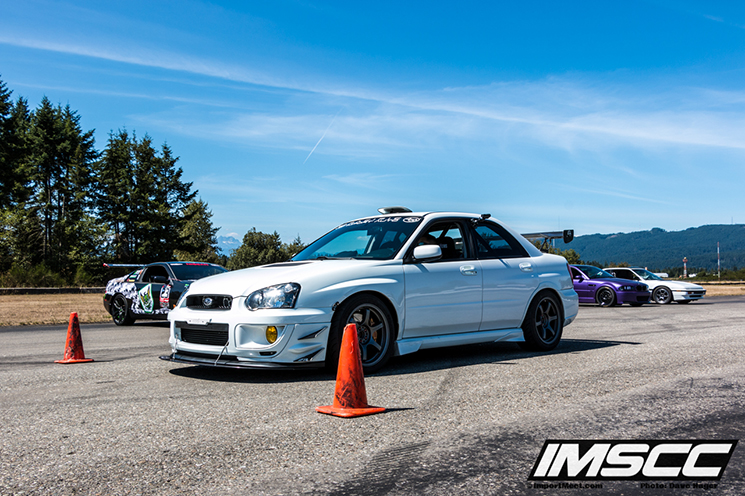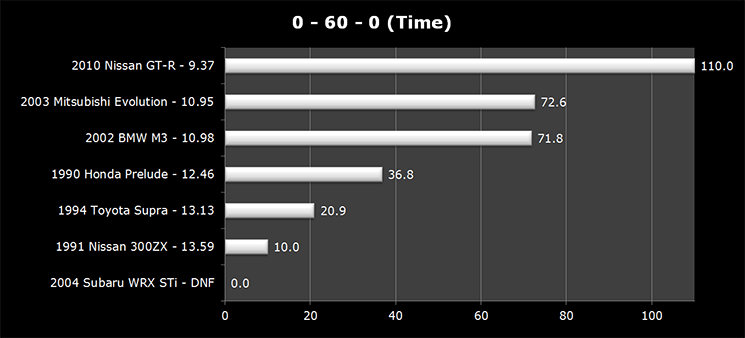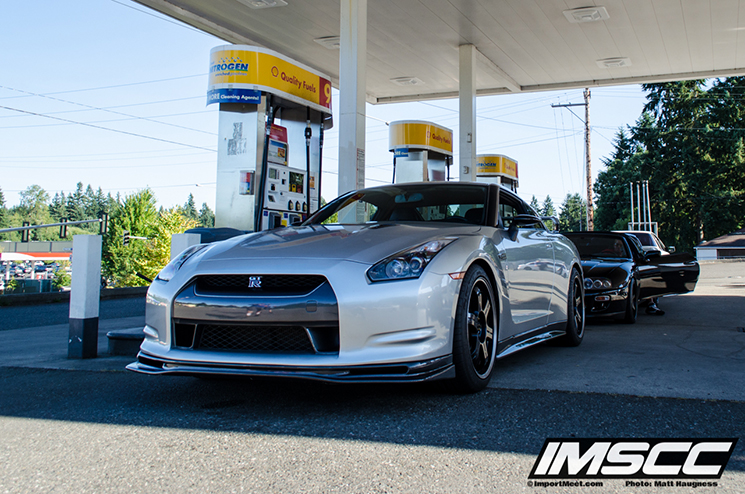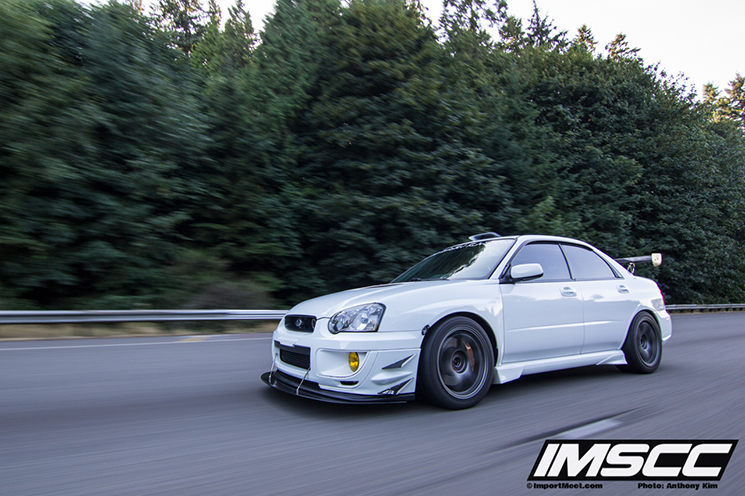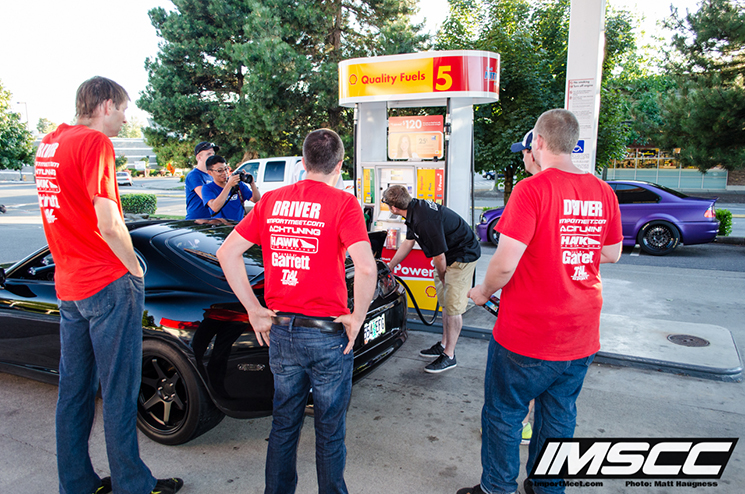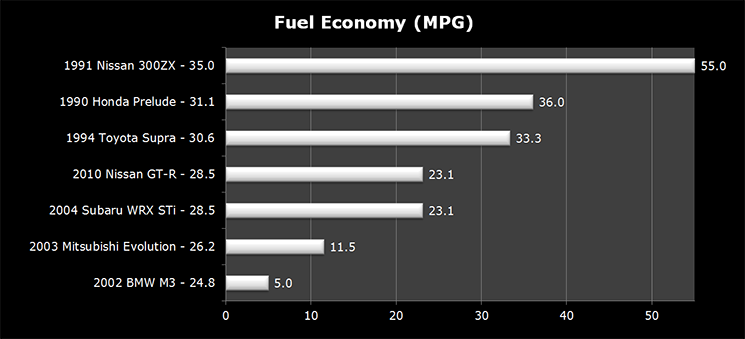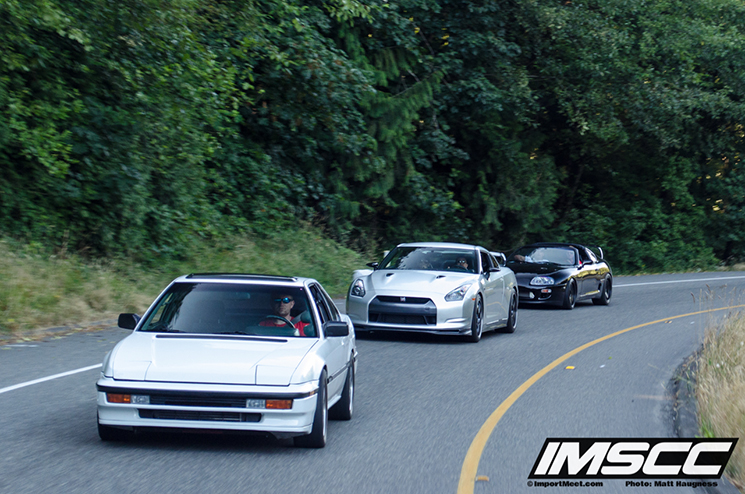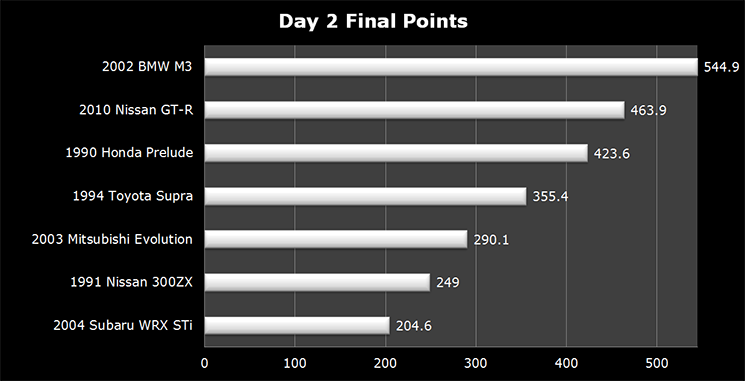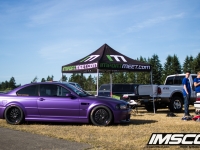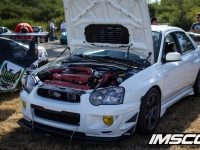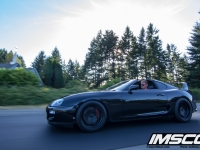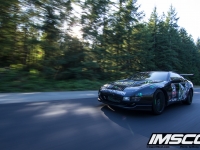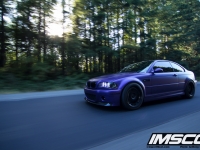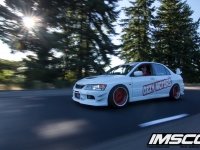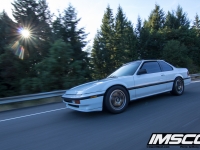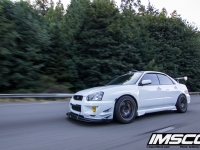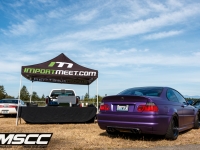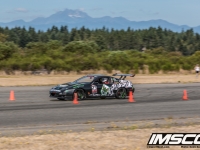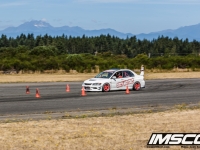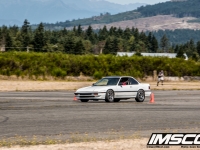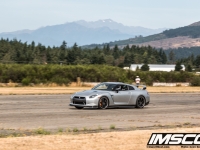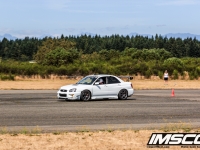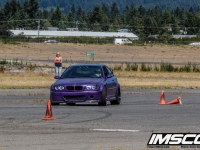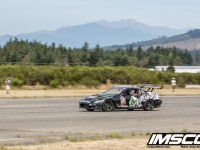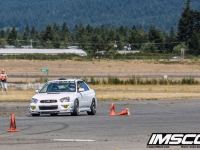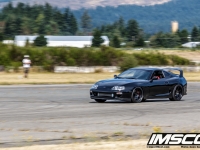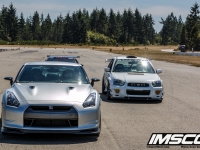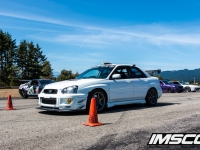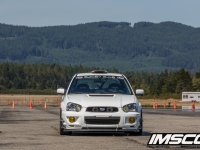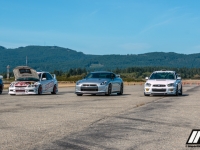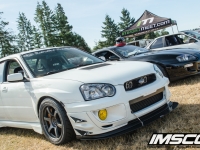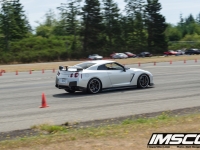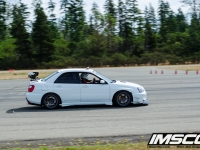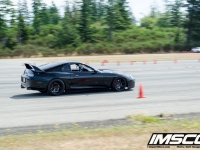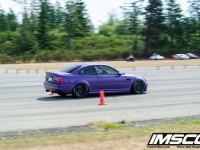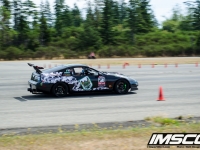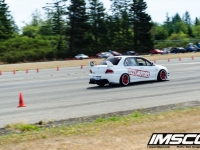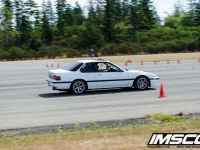The second day of the Import Meet Street Car Competition was broken into four categories: Autocross, 0-60-0, Skidpad, and Fuel Economy. A quick reference guide for the competitors can be found here. Read all about how the IMSCC scoring system works here.
Photos by Conrad Jordan, Anthony Kim, Dave Hager (PNW Car Culture), and Matt Haugness. Text by Matt Haugness.
Day two of the IMSCC started early in the morning at Bremerton Motorsports Park in Bremerton, WA. The track was host to the Autocross, 0-60-0, and Skidpad portions of the competition. For Fuel Economy, the 66.5 mile return drive to Seattle was used to determine the fuel economy of each car.
Autocross
The Autocross portion of the competition was done with the local PCA (Porsche Club of America) chapter. The Porsche Club is known for having faster and straighter courses than other local autocross clubs and this particular course wasn’t as technical as others that have been done at this venue. A change from last year is that each driver was given the option on their first run to have an instructor so that they could learn the course. Some opted to have the instructor and this helped make sure that most of the competitors’ runs were clean.
Andy Nissen-Barber had never autocrossed prior to the competition so this was the event that he thought was going to be his worst. He surprised himself by running the course in 47.241 seconds. This was nearly a full 2 seconds faster than Dan Nguyen’s GT-R and Blake Henney’s Prelude. A large contributing factor to his great time was most likely his fresh Toyo R888 R compound tires but Blake was running the same tires on his car. By placing first in this event, Andy received the full 110 points.
After performing at the low end of some of the previous judged events, David Otzwirk knew that he had to pull it together for the driving events. On his first run, David was one of the fastest cars of the group and managed to bring his time down to 49.543. What was most impressive was that he did this while running stretched set of Federal tires. It would have been great to see his car on a wider and stickier tire – he likely could have taken first place in the autocross.
The slowest car of the bunch was Jeff Vuong’s Subaru STi. Jeff improved drastically from his first run of the day but it wasn’t enough to bump him up in the standings. The car looked very capable and if Jeff had more seat time he would likely have performed better in the autocross portion of the IMSCC.
Click here to find out how these points were calculated.
0-60-0
Brand new for this year was the 0-60-0 event. The intent with this event was to measure the time it took the cars to accelerate from a dead stop to 60 MPH and then back down to zero. The cars with the most traction, acceleration, and the best brakes had the biggest advantage in this event.
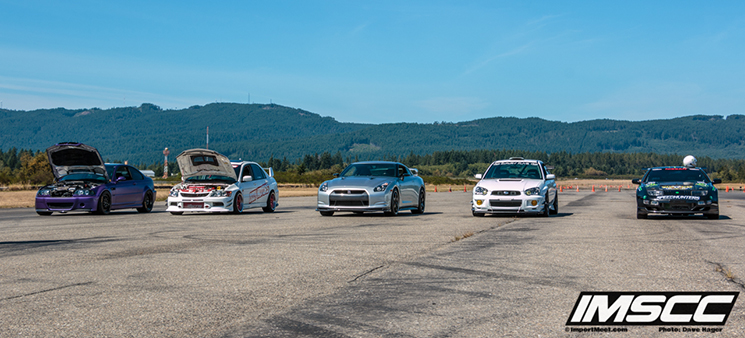
For datalogging, G-Tech jumped on board as a partial sponsor of the event and provided a G-Tech Pro RR Fanatic unit. This was firmly attached to each car’s windshield and only started the timer when the car started to move. Each car was given practice runs and then two timed runs. If a car didn’t reach 60 MPH it was given one re-run. If they still didn’t hit 60 MPH they would get a DNF.
The launch control and massive brakes on Dan’s GT-R helped him destroy the next closest competition with a 0-60-0 time of 9.37 seconds. This meant that he placed first and received the full 110 points for this event.
David’s Evo continued to surprise in this portion of the competition. Although substantially slower than the GT-R, David managed to accelerate to sixty and back to zero in 10.95 seconds.
The most interesting story for this portion of the competition was the potential for a DNF (Did Not Finish) for the point leader. The cigarette lighter in Andy’s BMW wasn’t functioning so the datalogging device couldn’t be powered. Luckily for him, Matthew Bueler’s 300ZX had the same problem but knew about it ahead of time so a temporary cigarette lighter was already installed on his car. After Matthew ran he gave the setup to Andy so that he was still able to run. Had the stock one functioned in the 300ZX, there is a good chance that Andy wouldn’t have been able to compete in this event and he would have received zero points. Fortunately for him, that didn’t happen and Andy’s BMW ran a 10.98 to put him into third place for this event.
Blake’s Prelude, Johnny Nelson’s Supra, and Matthew’s 300ZX all struggled in some way in this event (traction or turbo lag) and their times were quite a bit slower than the rest of the group so their points reflected this.
Jeff had a difficult time in this event with his Subaru STi. Due to the gearing of the car, he was hitting the rev limiter right at 60 MPH. Despite having a great launch on every run, the car failed to hit 60 on all of them. Because the car technically never hit the target speed, his time could not be used. Jeff received a DNF which meant that he received zero points in this event.
Click here to find out how these points were calculated.
Skidpad
The plan for determining the lateral G’s of each car was to have them drive in the circle at increasing speed until the car started to deviate from the circle. Dividing the circle radius by the lap time squared and then multiplying it by 1.22 (constant) would give the car’s maximum lateral G force.
Unfortunately due to space constraints at Bremerton Motorsports Park the size of the skidpad circle was limited to 60 feet in diameter. When it came time to do the test this small diameter circle exaggerated the inaccuracy of the method used to time each car (a stopwatch) and it was ultimately decided that the cars were too close to each other in time to make the test worthwhile. The group unanimously decided that the points for the Skidpad portion of the IMSCC would not be used in the final calculation so they have been omitted from the results. With a larger diameter circle and a more accurate method of measuring time, this test could return in the future.
Fuel Economy
Fuel economy is important specification on any street car and since the IMSCC is a street car competition it was decided that it would remain a category for 2014. The test was simple – fill up all of the cars in Bremerton using the same pump until it clicked. This year none of the cars were running E85 so all of the owners elected to run 92 octane gas.
After each car had been topped off the trip odometer was reset on the control vehicle and the group departed for another station near Bellevue, WA. The rules were open for the drive there. They were allowed to coast and draft behind other cars as long as they didn’t fall behind the group. In an effort to keep the aerodynamic drag down a few cars opted to keep their windows up even though they didn’t have AC in their cars.
The trip from Bremerton to Bellevue was mostly freeway driving, but some city driving was mixed in at a few stops along the way. The total distance traveled was 66.5 miles.
Once the cars arrived at the Bellevue gas station they were topped off using the same method and the total distance traveled was divided by the amount of gas it took to fill their tanks. This gave a MPG figure that was used to compare the cars.
The biggest surprise in this test was that Matthew’s RB25 swapped 300ZX took first place. Everyone was expecting Blake’s Prelude to win so when the pump clicked twice on the 300ZX at 1.90 gallons the group couldn’t believe it. Since his car had the highest MPG, Matthew received 55 points for this event.
Just like last year, the highest horsepower car of the group also was the one with the lowest MPG. Andy’s BMW consumed 2.68 gallons on the 66.5 mile trip – equating to a MPG of 24.8. This put him in last place meaning that he only received 5 points for finishing.
Click here to find out how these points were calculated.
Day 2 Overall Points
At the end of day two Andy and his 2002 BMW M3 remained in first place but Dan and his 2010 Nissan GT-R was closing the gap. Blake and his 1990 Honda Prelude remained in third place going into the final event – drag racing. Although first place was out of reach for Blake, he could still potentially take second if the GT-R had issues on the final day.
Placing last in autocross and getting a DNF in the 0-60-0 event moved Jeff and his 2004 Subaru WRX STi to the bottom of the standings.
The IMSCC is a constantly evolving event. Stay tuned for updates on how we plan on changing things up next year. If you are interested in competing in our 2015 competition, fill out the form below to let us know that you’re interested.
Other IMSCC 2014 coverage articles:
Day 1 Part One: Retail Price, Peak Horsepower, and Power Delivery
Day 1 Part Two: Ride Quality, Car Show, and Build Quality
Day 3: Drag Racing and Final Results

